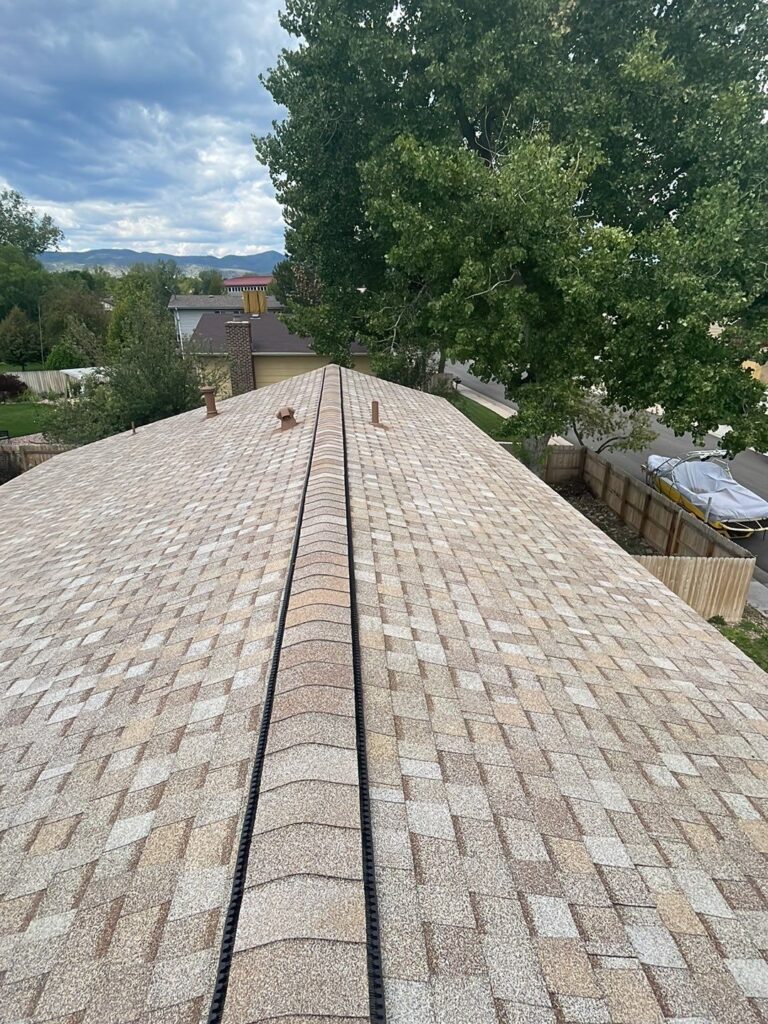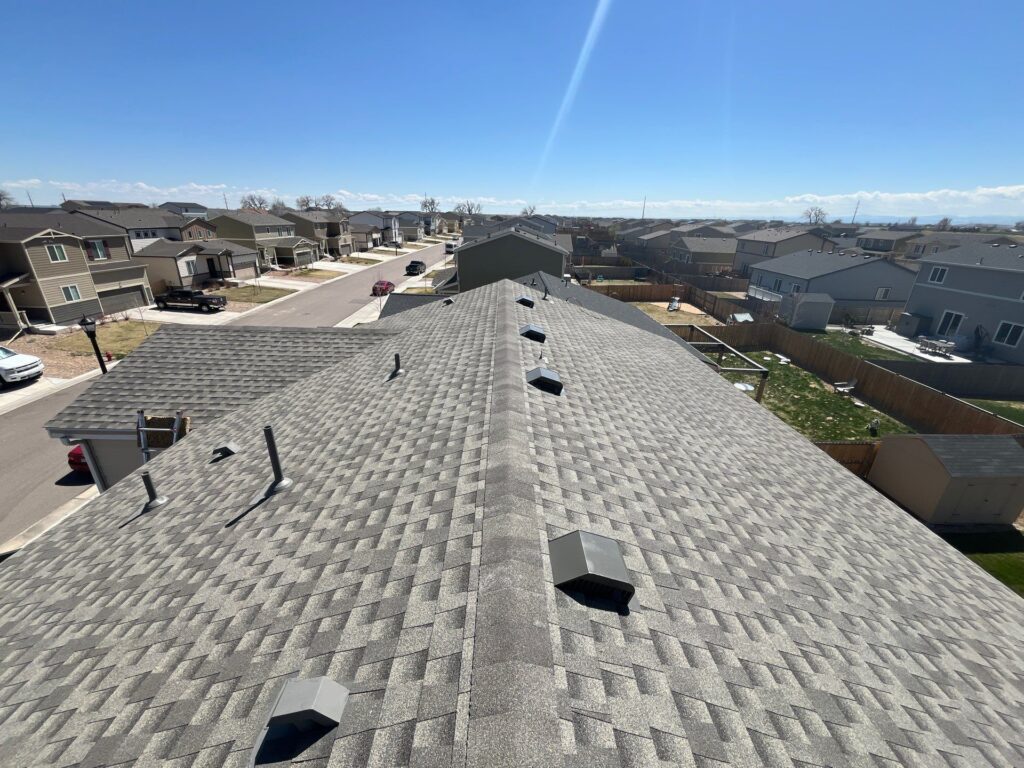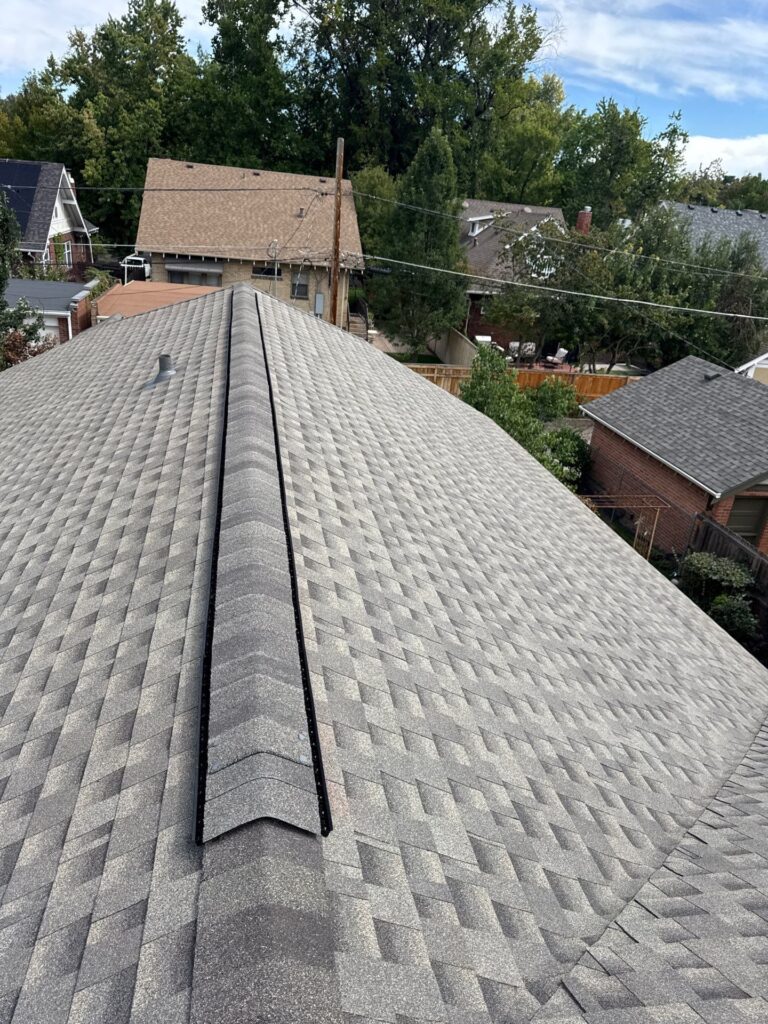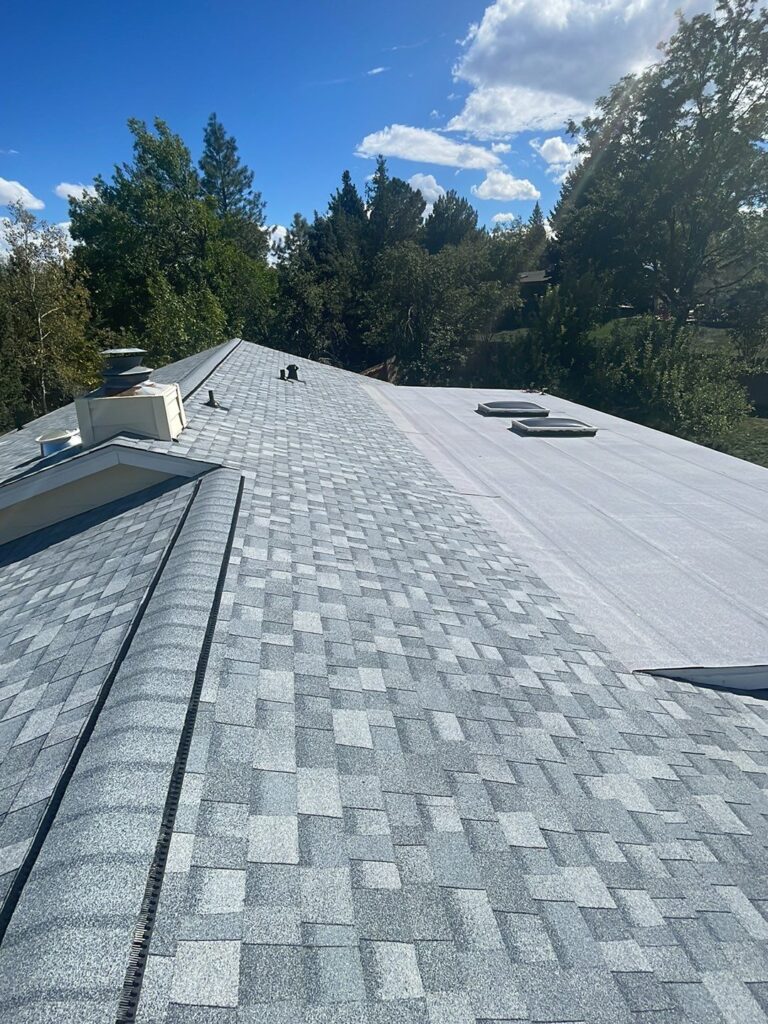The Complete Process of Installing a Roof
Understanding the roof installation process is essential for homeowners planning a replacement. A properly installed roof not only safeguards the home but also enhances energy efficiency, comfort, and long-term value. Each step requires precision and expertise to ensure a durable and weather-resistant system.
Preparing for Roof Installation
Preparation begins with a thorough inspection of the existing roof and the surrounding property. Necessary permits should be obtained prior to starting any work. Homeowners are advised to clear driveways, yards, and attic spaces to give roofers access and protect valuables. Safety equipment is set up, and all roofing materials are delivered on-site to ensure smooth progress.
Removing the Old Roof
The first active step is tearing off the existing roofing system. Contractors strip away shingles, tiles, or panels down to the decking. All debris is collected in dumpsters for safe disposal. This step exposes hidden damage and ensures the new roof has a clean, stable foundation.
Inspecting and Repairing the Roof Decking
Once the old materials are removed, the roof deck is inspected carefully for signs of rot, mold, or structural weakness. Damaged sheathing is replaced to restore strength. This critical step ensures the new roofing system will remain secure and extend its lifespan.
Installing Underlayment and Flashing
After the deck is prepared, protective layers are added. Underlayment—typically synthetic or felt—is laid down to create a moisture barrier. Drip edges are installed along eaves to channel water into gutters. Flashing is placed around chimneys, vents, and valleys to seal vulnerable areas against leaks.
Laying the Roofing Materials
With the base secured, the visible roofing material is installed. Whether asphalt shingles, metal panels, clay tiles, or slate, the process starts at the bottom edge of the roof and works upward. Each section overlaps to prevent water intrusion. Proper fastening ensures durability against wind and harsh weather.
Adding Ridge Caps and Ventilation
At the roof’s peak, ridge caps are installed to provide both weather protection and ventilation. Adequate airflow prevents moisture buildup in the attic and extends the lifespan of roofing materials. Ventilation systems are carefully integrated for energy efficiency and climate control inside the home.
Final Inspection and Cleanup
Once installation is complete, contractors perform a detailed inspection to confirm the system meets safety and performance standards. Any small adjustments are made before the project is declared finished. All leftover debris, nails, and packaging are cleared away, leaving the property safe and clean.
Professional vs. DIY Roof Installation
While some homeowners consider DIY roofing, the process requires specialized skills, equipment, and safety measures. A professional roofing company in Denver, Colorado provides warranties, insurance, and long-term peace of mind. For homeowners in Denver, Colorado, experienced roofers such as Tried and True Roofing deliver reliable service and expert craftsmanship tailored to the region’s climate.
Conclusion
The roof installation process involves careful preparation, removal, inspection, and precise installation of new materials. From securing permits to final inspection, every step plays a vital role in ensuring a durable, weatherproof, and attractive roofing system. Partnering with skilled professionals guarantees not only safety but also long-term value and protection for your home.
The Complete Process of Installing a Roof Read More »







